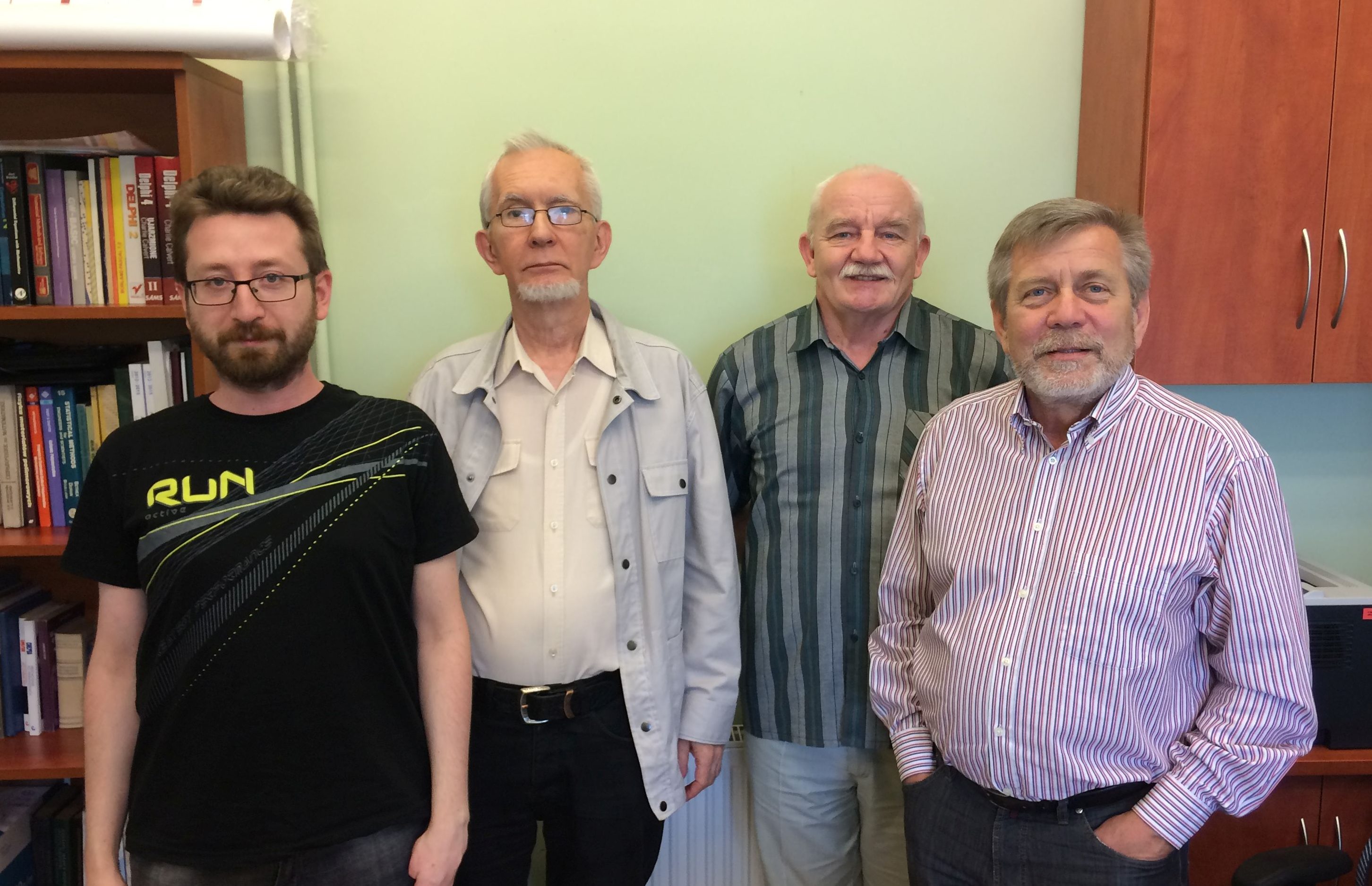
The Laboratory is directed towards modelling and simulation of the chemical reactions in order to understand the reaction mechanisms in heteroorganic and polymer chemistry. The main techniques used are molecular modelling, quantum chemistry calculations and Monte Carlo kinetic simulations. The research areas include substitution reactions in organometallic chemistry, mechanisms in homogeneous catalysis, and complex polymerisation systems. Many particular problems are investigated in collaboration with the other departments of CMMS.
The following research topics are currently explored in the Laboratory:
Selected recent publications:
Book chapters